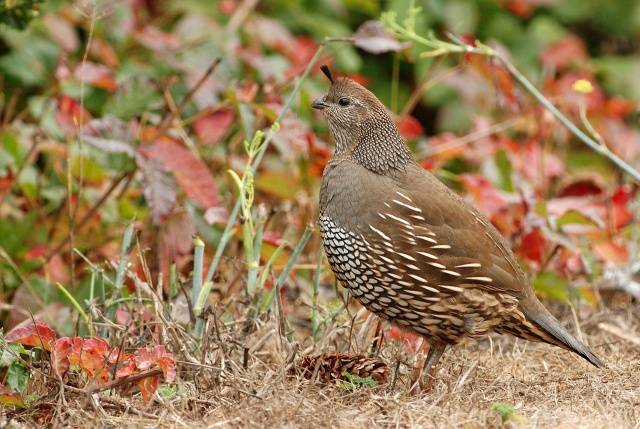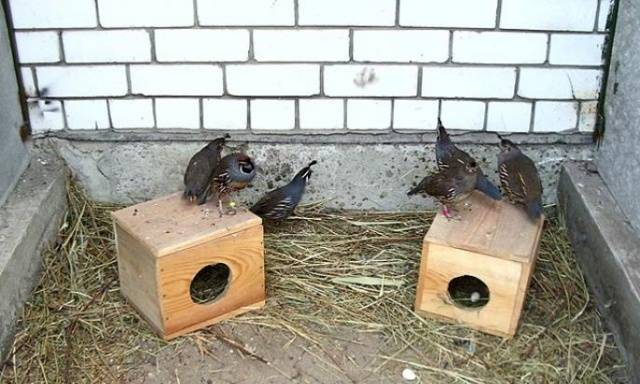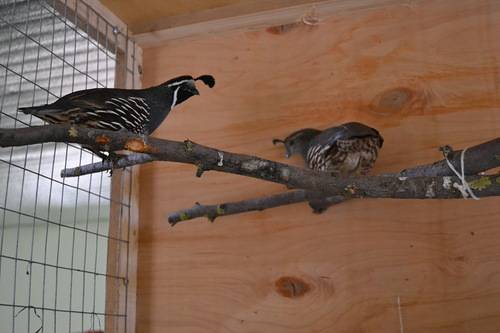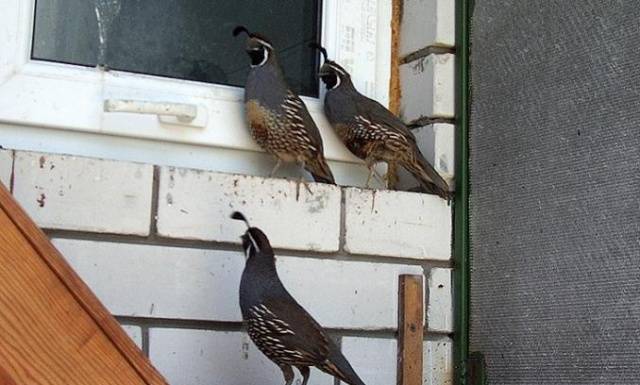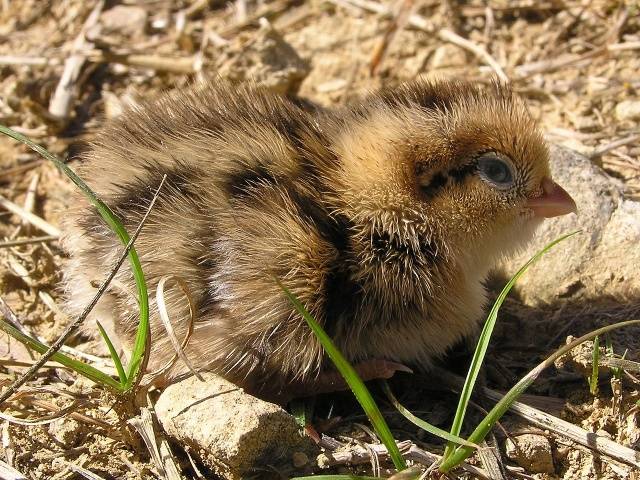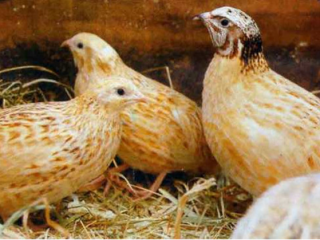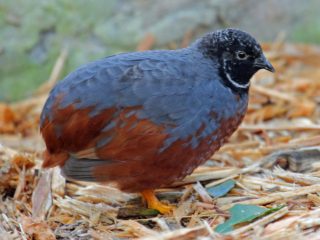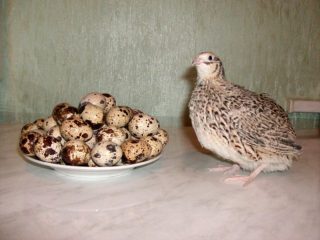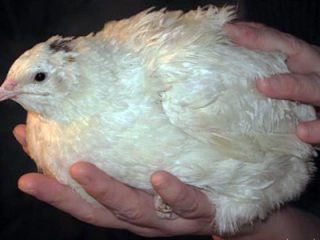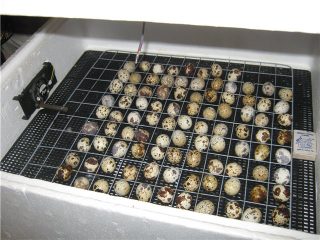Content
Russian poultry farmers rarely breed Californian crested quails. They are originally from the USA. In natural conditions, they are found on the west coast from Oregon to California. Locals call them partridges.
Californian crested quails have been successfully acclimatized in New Zealand, Colombia, Chile. But in the vastness of Europe, the California quail did not take root. This is an amazingly decorative bird, look at the photo: a crested partridge in the wild.
Description
The Californian quail can be easily distinguished from other relatives by its crest. And the appearance is also surprisingly elegant:
- The body is dense, length from 23 to 25 cm.
- On a neat, small tail, the feathers are arranged in steps.
- The beak of the California Crested Quail is black, curved to eat the seeds.
- The quail's legs are medium, dark lead.
- The head is small, neat, with a proud fit. The crest is assembled from several feathers bent downward, like a visor. The California quail has a larger crest than the quail. This can be clearly seen in the photo, which shows a sweet couple.
If we talk about the color of the feathers, then they are not much different, except that the males have a bright, contrasting outfit. The male California quail has a yellowish-white spot on its forehead. There are also white lines: one is located above the eyes, and the other is located on the neck with a crescent, covering it with a white “scarf”.
The California Crested Quail has an olive tint on a brown back. The abdomen is covered with brown or yellowish feathers. Each of them has a black border. It seems that the lower part of the body is covered with "fish scales". The California Crested Quail looks festive, but not so bright.
Pros and cons of growing
Why is the California crested quail increasingly appearing in the courtyard? Let's take a look at the benefits first:
- First of all, the decorativeness of the bird attracts, one tuft is worth something!
- Secondly, caring for California partridges is not particularly difficult, it is enough to build spacious enclosures (cage keeping is unacceptable) and create comfortable conditions.
- With regard to food, crested quails are unpretentious.
- When comfortable conditions are created, Californian quails practically do not get sick.
If we talk about the shortcomings, then it is difficult to raise chicks, they are flimsy, it is impossible to breed a large flock. Therefore, you cannot get a lot of meat, including healthy quail eggs. And the main drawback is that the cost of California quails is too high.
Features of keeping in captivity
Containment space arrangement
Californian crested quail do not survive well in cages. Therefore, when growing birds at home, you need to equip spacious aviaries for them. Birds kept in captivity have not lost many of the habits inherent in wild crested relatives. For rest and sleep, California quails need to create special perches that imitate trees. Your best bet is to use a regular branch. It is necessary to equip nesting places for laying eggs. Option in the photo.
Temperature and lighting
At home, quails can live peacefully at low temperatures. But for domestic California crested partridges, temperatures below +10 degrees can be destructive.Therefore, in winter, birds should be kept in a ventilated warm room with a humidity of about 55%.
It is necessary in the aviary where the quail is kept, to put the vessel, which is filled with a mixture of sand and ash, for "bathing" the pets. This is the prevention of parasites living in feathers. The composition needs to be changed from time to time.
In summer, the Californian crested quail has enough natural light, but with a shortening of daylight hours, especially in winter, artificial lighting is indispensable.
Poultry farmers should remember that reducing lighting to 15 hours leads to a decrease in quail egg production. Optimally, the light in the room should be at least 18 hours.
So, it will not take long to lose the livestock!
Despite the fact that crested birds living at home have lost the ability to fly, California quails are very curious, they shouldn't climb to a low height and look, for example, through the window, as in the photo.
The diet
Quails are unpretentious, they eat almost all feed, including grain, vegetables, herbs, waste from the table.
- An adult crested male needs 5-7 grams of grain for a day, females and quails need less. Among cereals (in crushed form), preference is given to: wheat and corn, millet and oats, sorghum. You need to give in the morning and evening. Adult California quails can occasionally be fed whole rice, barley, and wheat.
- Mushrooms, which are given only during the day, can be varied with fresh cabbage, beets, carrots, potatoes. Beets and potatoes must be boiled first. If there is alfalfa, clover, other garden herbs, then they also need to be introduced into the diet. Crested Californians especially need vegetable supplements in winter. Any additives are crushed before being added to the mash.
- They love crested quails, steamed peas, lentils, and beans.
- California quail should receive some poppy, it is given from an early age.
- Bone meal and fishmeal are required, they are the main sources of protein. If there are no ready-made compositions, then fresh meat and fish waste is added to the mash.
- The quail finds worms and other small insects by itself in the summer, but they can be specially prepared for winter feeding.
- Breeding crested quails at home involves feeding with compound feed. You only need to apply special ones. Combined food for parrots is a good substitute.
- In winter, you need to specially grow spinach, lettuce, batun onions, germinate whole grains on the window. They are useful as vitamin supplements.
- Crushed shell rock, chalk, and fine gravel should be added to the feeders. Mineral supplements are needed for shell formation and bone strength.
Clean water should always be present. It has to be changed often, because crested quails are big fans of rinsing their beaks. As a prophylactic agent for parasites, potassium permanganate is added from time to time. As soon as the birds have drunk the solution, it must be poured out: they will no longer fit the drinker.
Therefore, compound feed intended for livestock should not be given. Salty foods, such as cabbage, need to be handled carefully: they are soaked first.
Breeding features of the breed
In vivo, California quails begin mating games in March. One female can hatch up to 12 eggs. Time for incubation is 22 days.
The eggs of the California crested quail are pear-shaped, completely covered with multi-colored specks of dark color, as in this photo.
Homemade California quail eggs are larger than those of wild relatives, weighing about 11 grams. Ptarmigan, unfortunately, for the most part have lost their maternal feelings. Therefore, the breeding of quail is most often trusted by incubators. When choosing, you need to dwell on those species that are equipped with glass for observing the eggs, so as not to miss the moment of the appearance of the quail.
Hatched babies need to be overexposed for some time in special sparrowhawks, creating the appropriate conditions: lighting, temperature, air humidity, feeding ration. Californian quails are too weak, therefore, the introduction to adult birds is possible in a month and a half.
Some poultry breeders use a caring laying hen to produce offspring, laying quail eggs under it. Klusha is scrupulous about the hatched chicks, will teach life. In this case, when breeding, the percentage of death among Californian quails decreases.
We offer a video that will help you avoid mistakes when breeding quail:
Let's summarize
Ornamental tufted California quails are not bred at home as often as other species. After all, they practically do not receive profits in the form of meat or eggs. But the pleasure of observing the life of these little birds is a lot. Only the Californian quail, being in free living in an aviary, can demonstrate a funny jogging run or, flying up on a perch, look down at the owner with curiosity. California quail owners take a lot of interesting photos.
We must always remember that we have to answer for everyone we have settled in our yard.
